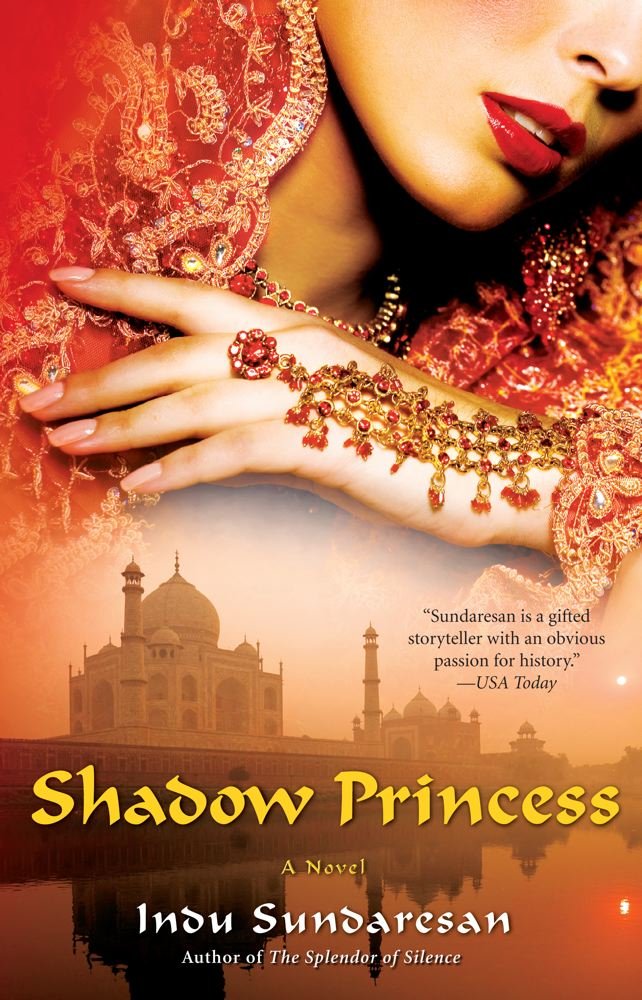Indu Sundaresan continues her beautiful narration of 17th-century Mughal India with her book, Shadow Princess. The story centres on Princess Jahanara, the eldest daughter of fifth Mughal Emperor Shah Jahan. After the death of her mother Mumtaz Mahal, Jahanara takes over the role of the lead zenana (woman) in Shah Jahan’s harem despite her two stepmothers being alive. She also revives her father from utter hopelessness as he is willing to forgo the throne after the death of his wife. The backdrop of the story is the construction of the Taj Mahal, which houses the mausoleum of Mumtaz Mahal. Shah Jahan gets this marble “Wonder of the World” constructed in the memory of his wife, but also to act as his stamp for posterity.
The construction of Taj Mahal was commissioned in 1632 under architect Ahmad Lahauri and calligrapher Amanat Khan. It took almost a decade to complete the construction of the mausoleum but work continued on other phases for another decade. It cost roughly 32 million rupees in 1653.
The idea of white marble structure and pietra dura inlay may have been inspired from the Tomb of Itimad-ud-Daulah, which lies on the other side of Yamuna River, also in Agra. The latter was commissioned by Mehrunnissa (Empress Nur Jahan, wife of the fourth Mughal Emperor, Jahangir) for her father. Mehrunnissa’s story is covered by Sundaresan in her two preceding titles to this trilogy, The Twentieth Wife and The Feast of Roses. Mehrunnissa features briefly in this book when Jahanara visits her in Lahore, where Mehrunnissa is exiled. It is interesting to note that the Peacock Throne that Shah Jahan sat on at Diwan-i-Khas at the fort in Agra cost the imperial treasury a little over 10 million rupees, and the jewels on the throne a further 110 million rupees – much more than the cost of building the Taj Mahal.
Jahanara comes across as an intelligent individual and a loving daughter who is kind to her people. She supports her brother Dara, the eldest son of the Emperor, to succeed Shah Jahan. Her sister Roshanara, on the other hand, supports Dara’s younger brother Aurangzeb to succeed the Emperor. As well, their love for the same man leads to further rivalry between the sisters. Roshanara is depicted as more scheming, going as far as using her sister’s name to execute her plans.
Sundaresan creates the clandestine love affair of Jahanara with Najabat Khan, a noble in Shah Jahan’s court. You can feel the sensual, hot night as the two play a night game of chaugan (polo), or the warmth between them on the shikara boat ride as snow falls on Dal Lake. Roshanara is filled with jealousy as she hears about her sister’s affair with Najabat. Jahanara bears a son with him who is eventually recognized as a noble in court by Aurangzeb, when Aurangzeb becomes the sixth Mughal Emperor of India.
When Jahanara gets burnt by a lamp in Agra, the incident precipitates a family crisis that has long term political consequences. Aurangzeb is humiliated by his Emperor father and dismissed from his viceroy position in Deccan. There was no Mughal tradition of primogeniture, the systematic passing of rule upon an emperor’s death to his eldest son. Aurangzeb ends up killing his brothers and imprisoning his father in the Shah Burj at Agra fort. Only Jahanara, who remains single, takes care of him. After Shah Jahan’s death, she becomes Padshah Princess in Aurangzeb’s court, relegating Roshanara to the background again. Shah Jahan is buried at The Luminous Tomb, the Taj Mahal, next to his wife Mumtaz.
The several successors to the throne and the eventual success of Aurangzeb offer a lesson even in the 21st century, and bring to mind the succession battles fought at companies like General Electric or Hewlett Packard.
Aurangzeb, unlike his brothers, is more conservative than the other nobles at court would like. He also tactfully corresponds with his other brothers and important nobles constantly to keep abreast of the happenings in the empire. His tenor as the Mughal Emperor also marks a turning point in Indian history. He has his notions of “good” and “bad,” which alienate the Hindu populace and finally cause the downfall of Mughals, opening the door for the British to rule the country.


